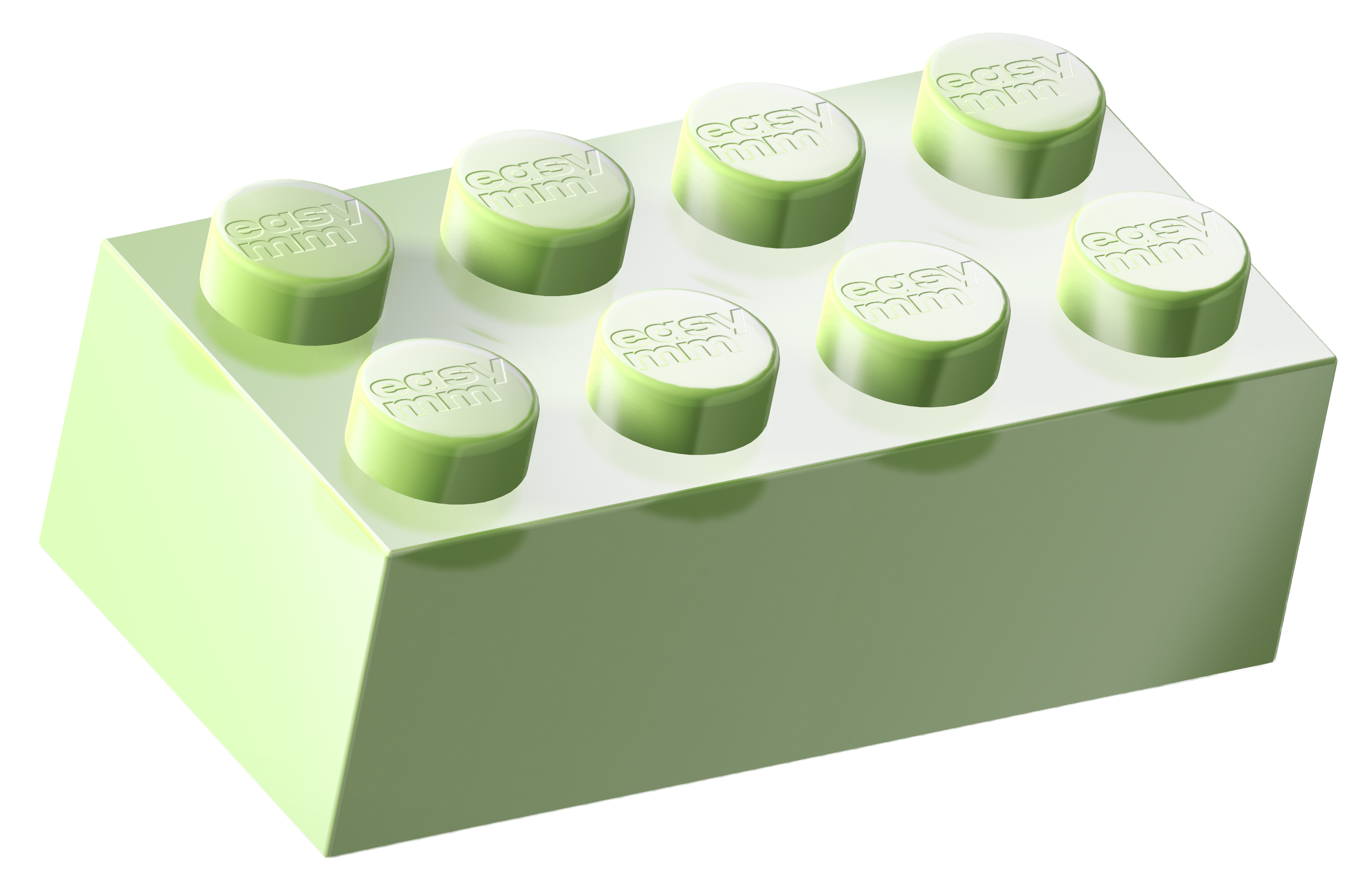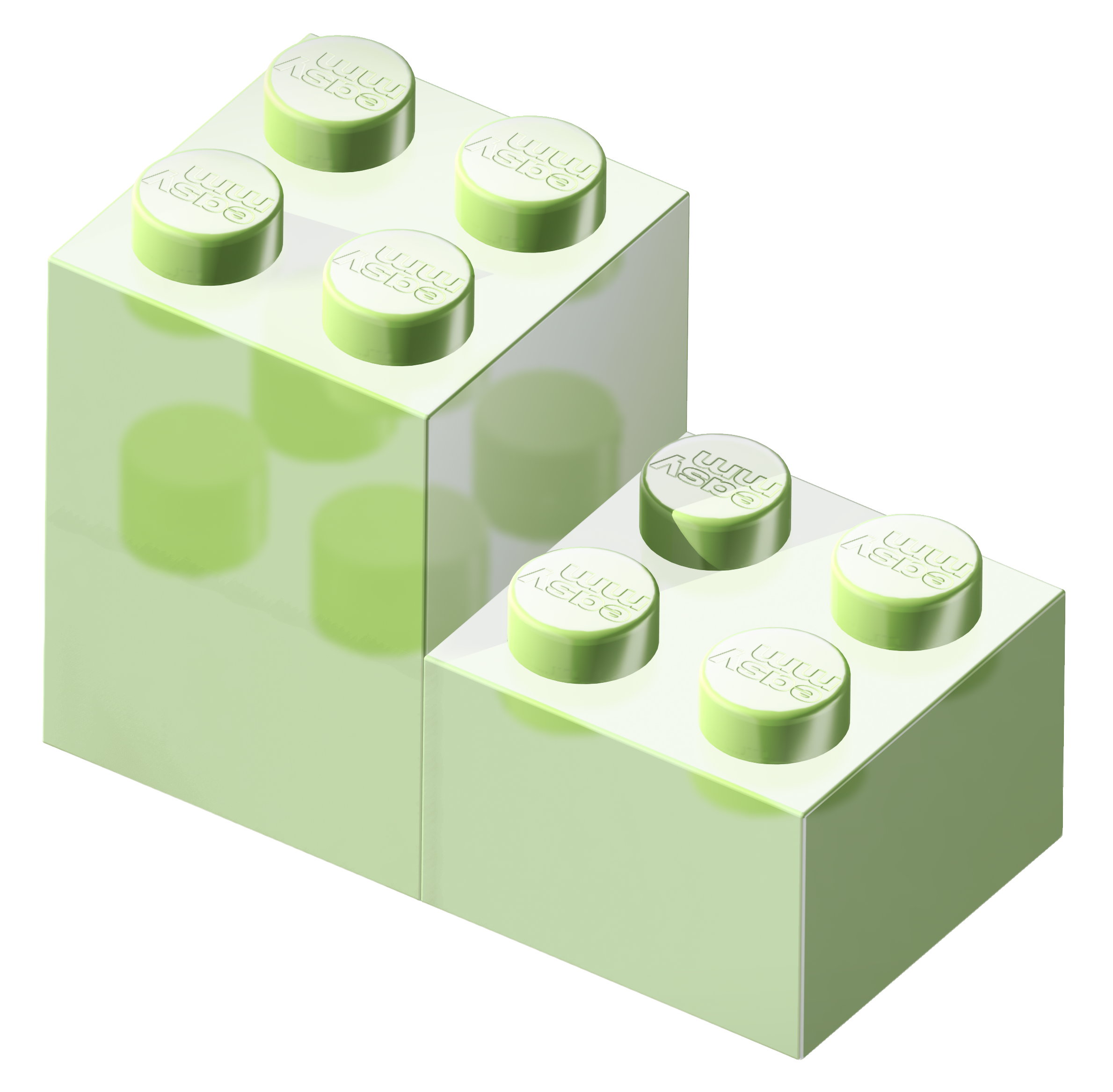For new tokens entering the crypto market, establishing sufficient liquidity is critical to foster trading activity, minimize price volatility, and attract investor interest. Two primary strategies are often debated: employing crypto market making services or relying on organic liquidity driven by natural market participants. This article compares market-making and organic liquidity approaches, helping projects evaluate which methodology better supports growth and sustainable trading volume for new tokens.
Understanding Market-Making and Organic Liquidity
Market-making in crypto involves professional crypto market makers or firms that deploy automated algorithms and manual strategies to provide consistent buy and sell orders, thus supplying liquidity to exchanges. These top crypto market makers maintain tight spreads and orderbook depth, reducing slippage during trades. In contrast, organic liquidity relies on natural trading activity from individual investors, traders, and communities, with orders originating voluntarily from market participants without direct stimulation from market makers.
Pros and Cons of Market-Making for New Tokens
Advantages
- Immediate Liquidity and Tight Spreads: Crypto market making firms ensure continuous orderbook activity, minimizing the bid-ask spread which facilitates smooth trade execution for token holders.
- Reduced Volatility and Slippage: Professional liquidity market makers reduce price swings by stabilizing order flows, creating a favorable environment for traders.
- Enhanced Exchange Listing Appeal: Exchanges often favor tokens with active market making, viewing them as less risky and more attractive for users.
- Scalability Using Algorithms: Automated market-making strategies can operate 24/7, adapting to volume changes and market conditions efficiently.
Disadvantages
- Cost: Crypto market making services come with fees that may range from thousands to hundreds of thousands of dollars depending on the scope and exchange tier.
- Dependence on External Providers: Projects may become reliant on market makers, posing risk if the market maker withdraws support.
- Potential Manipulation Concerns: Some critics argue artificial liquidity can mislead real investors about a token’s true market demand.
Pros and Cons of Organic Liquidity
Advantages
- Authentic Market Growth: Organic liquidity reflects genuine demand and holder interest, which can result in sustainable price appreciation and community trust.
- No Direct Costs: There are no fees for organic liquidity, making it accessible for projects with limited budgets.
- Positive Brand Reputation: Strong organic trading signals a loyal user base, increasing investor confidence and media attention.
Disadvantages
- Slow Liquidity Build-Up: New tokens often face thin initial orderbooks and wider spreads, deterring traders.
- High Volatility Risk: Without market making, tokens may experience price spikes and severe slippage during trading surges.
- Limited Control: Projects cannot directly influence organic trading volume or spread management, leading to unpredictable liquidity.
Comparative Overview
Which Strategy Works Better for New Tokens?
Research and market observations suggest a hybrid approach combining market-making crypto strategy with fostering organic liquidity yields the best results. Professional market makers can jumpstart liquidity, stabilize trading conditions, and support token listings on exchanges. Simultaneously, projects that focus on community building, marketing, and transparent communication stimulate organic participation over time.
Trading volume and liquidity depth increase faster with initial market making, which can then be gradually transitioned to organic sources as the token matures in market presence. The largest crypto market makers often provide flexible contracts allowing this phased approach to balance cost and sustainability.
Best Practices for New Token Liquidity
- Engage top crypto market makers to ensure early liquidity and regulatory compliance.
- Develop strong community engagement to promote organic adoption and trading.
- Monitor metrics like volume, spread, orderbook depth, and slippage continuously.
- Use algorithmic optimization to balance manual and automated liquidity provision.
- Prioritize transparency to build investor confidence and mitigate manipulation concerns.
In conclusion, selecting between market-making and organic liquidity depends largely on project goals, budget, and long-term vision. While market making instantly improves crypto exchange liquidity and trading experience, combining it with organic growth mechanisms ensures token longevity and robust market presence. New tokens should consider this dual approach to optimize liquidity, reduce price volatility, and maximize trading volume effectively.




